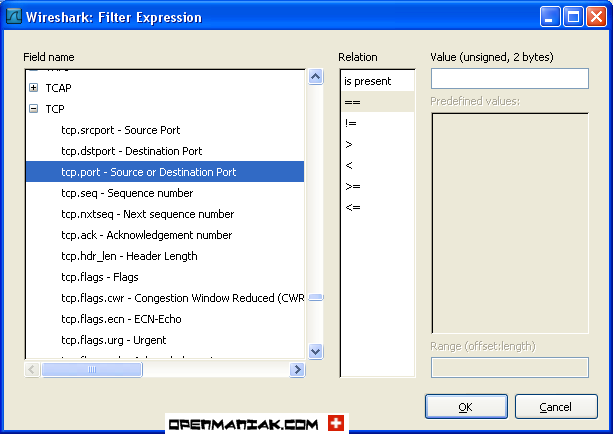

This will scan for all devices that are currently connected to your Wi-Fi network and show you their MAC addresses. Another way to find out if there are any unknown devices connected to your Wi-Fi network is to use a Wi-Fi scanner tool. If you see any devices that you do not recognize, it is possible that they are connecting to your Wi-Fi network without your knowledge. One way to find out if there are any unknown devices connected to your Wi-Fi network is to log into your router’s settings page and look at the list of devices that are currently connected. Many times, these devices are able to connect because the Wi-Fi network is not properly secured. What are unknown devices connected to my Wi-Fi?

Depending on the explanation, you might need to take steps to secure your network or remove the device. If you notice a random device on your network, it’s important to take action to determine what it is and how it got there. Somebody could have hacked into your router and set up a malicious device on your network. There could be a malware or spyware infection on one of your devices that is allowing somebody to remotely access it and use your network connection.ĥ. If you have a network printer or other device that is set up to be accessible from the internet, then somebody could be trying to access it from outside your network.Ĥ. You might have a neighbor with a Wi-Fi network that is set up to extend beyond their property line, and your devices are picking up their signal.ģ. This is more likely to happen if you have an unsecured Wi-Fi network.Ģ. Somebody could be piggybacking off of your Wi-Fi connection without your knowledge.

There are a few possible explanations for why there might be a random device on your network:ġ. Why is there a random device on my network? Finally, you can check the router’s DHCP table, which will show all devices that have been assigned an IP address by the router. Another way is to look at the DHCP server, which will have a record of all devices that have been assigned an IP address. The first is to use a network scanner, which will scan your network and return a list of IP addresses and the devices they are assigned to. How do I find IP addresses of devices on my network? The bottom line is that it’s not the tool itself that’s illegal, it’s how the tool is being used. However, if someone is using Wireshark on their own network, with their own permission, then Wireshark is legal. If someone is using Wireshark to sniff traffic on a network that they don’t own, without the network owner’s permission, then Wireshark is being used illegally. The legality of Wireshark depends on how it’s being used. This command will show you all of the IP addresses currently assigned to your computer. To grab an IP address, you can use the “ifconfig” command. How do I identify unknown devices on my Wi-Fi?.Can you identify a device by IP address?.How do I find a device name from an IP address?.How do I remove an unknown device from my network?.What are unknown devices connected to my Wi-Fi?.Why is there a random device on my network?.How do I find IP addresses of devices on my network?.The display filter syntax to filter out addresses between 192.168.1.1 – 192.168.1.255 would be ip.addr=192.168.1.0/24 and if you are comfortable with IP subnetting, you can alter the /24 to change the range. However, if the addresses are contiguous or in the same subnet, you might be able to get away with a subnet filter. One time-consuming approach would be to literally type out all the addresses you want to filter on. In this video, I respond to a question from one of my readers who wanted to create a display filter for many IP addresses. In either case, you will need to use a display filter to narrow the traffic down. Even when you have a capture filter, it may be too generic. You may not know what to focus on when you capture packets, resulting in no capture filter. A display filter is configured after you have captured your packets. A capture filter is configured prior to starting your capture and affects what packets are captured. Note that in Wireshark, display and capture filter syntax are completely different. In this video, I review the two most common filters in Wireshark. One of the keys to being an effective network troubleshooter when using a protocol analyzer is the ability to see patterns, which is where filters come into play.


 0 kommentar(er)
0 kommentar(er)
